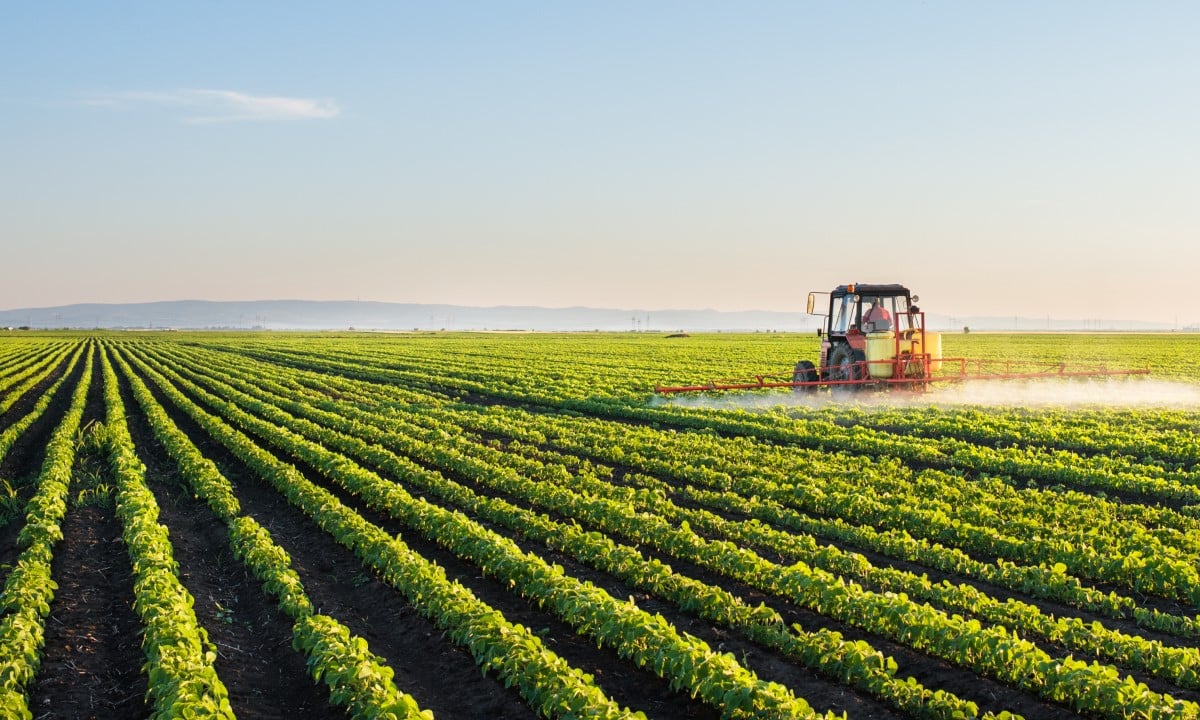Intensive agriculture is a dominant agricultural practice that aims to maximize crop yields and output per unit of land. In this article, we delve into the concept of intensive agriculture, its methods, benefits, and the challenges it poses in the context of AP Human Geography.
Understanding Intensive Agriculture:
Intensive agriculture refers to a farming system that emphasizes the efficient use of resources to produce high yields and meet the demands of a growing population. Unlike extensive agriculture, which involves large land areas with low inputs and outputs per unit of land, intensive agriculture focuses on smaller plots with higher inputs and outputs.
Methods and Practices:
- High Inputs: Intensive agriculture involves the substantial use of fertilizers, pesticides, and irrigation to enhance crop growth and protect against pests and diseases.
- Monoculture: Farmers practice monoculture, cultivating a single crop species on a large scale to streamline production and management.
- Advanced Technology: Intensive agriculture relies heavily on modern machinery, precision tools, and biotechnology to optimize productivity.
- Multiple Cropping: In certain regions, multiple cropping, or growing two or more crops on the same land within a single growing season, is a common practice.
Benefits of Intensive Agriculture:
- High Productivity: Intensive agriculture leads to significantly higher crop yields compared to traditional farming methods, addressing the food demands of growing populations.
- Increased Profitability: With higher yields and efficiency, farmers can increase their profits and economic viability.
- Food Security: Intensive agriculture ensures a steady and reliable food supply, reducing the risk of food shortages and famine.
- Global Impact: The increased productivity of intensive agriculture contributes to global food trade and security.
Challenges and Concerns:
- Environmental Impact: The heavy use of fertilizers and pesticides can lead to water pollution, soil degradation, and biodiversity loss.
- Resource Depletion: Intensive agriculture can deplete natural resources such as water and contribute to soil erosion.
- Sustainability: The sustainability of intensive agriculture is a concern, as it may not be viable in the long term without proper resource management.
- Economic Disparities: The high costs associated with intensive agriculture can create economic disparities, favoring larger, wealthier farmers over smaller ones.
Regional Variations: Intensive agriculture is prevalent in densely populated regions with high agricultural demand, such as parts of Asia, Europe, and North America. However, its adoption can vary based on factors like land availability, government policies, and cultural practices.
Intensive agriculture is a critical aspect of AP Human Geography, shaping the landscape of modern food production. While it offers substantial benefits in terms of productivity and food security, the challenges it poses, including environmental impacts and resource depletion, cannot be ignored. Striking a balance between maximizing yields and sustainable practices is essential for the future of agriculture. As the world’s population continues to grow, understanding the dynamics of intensive agriculture and its geographical implications will remain crucial for addressing global food challenges and promoting responsible farming practices.










